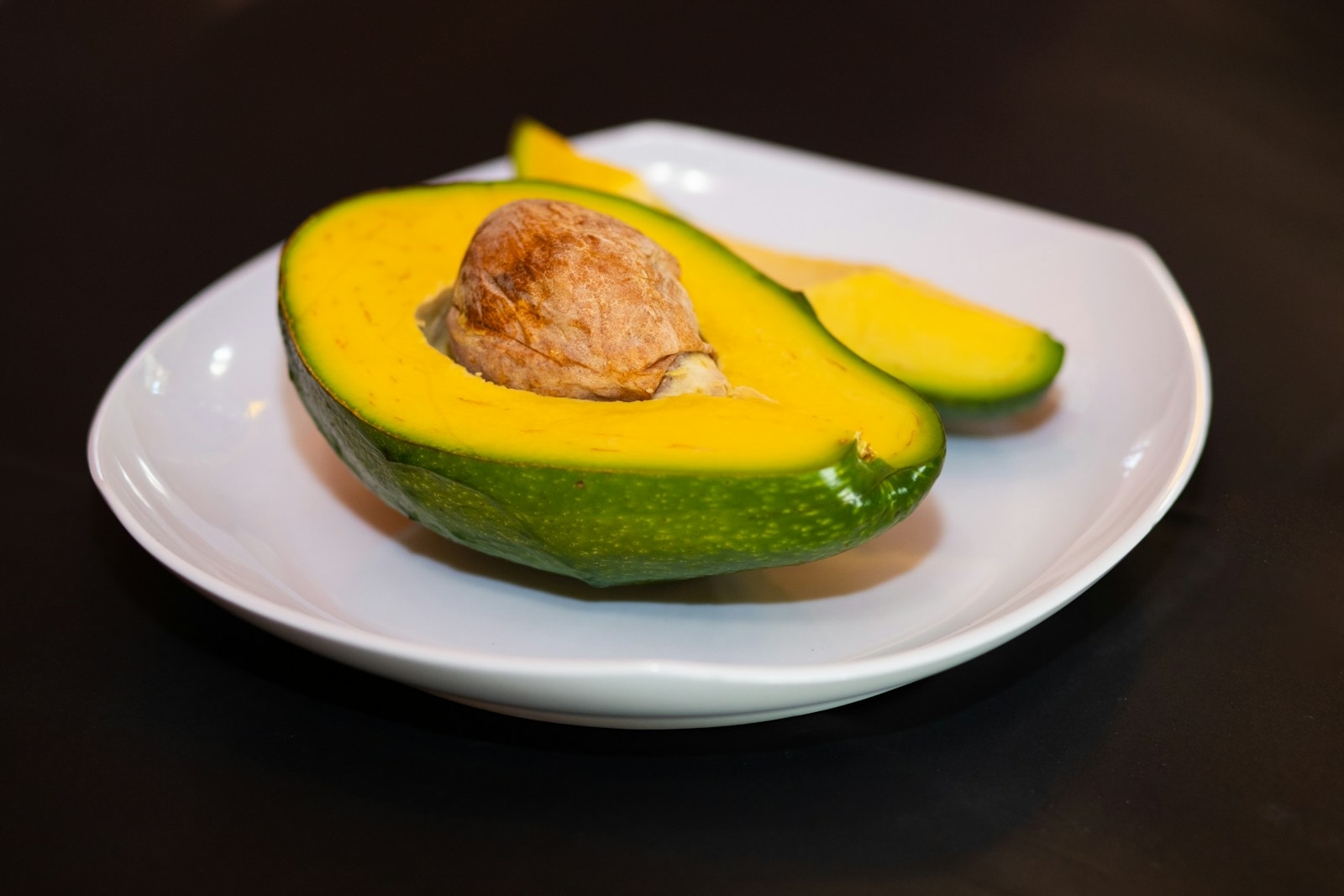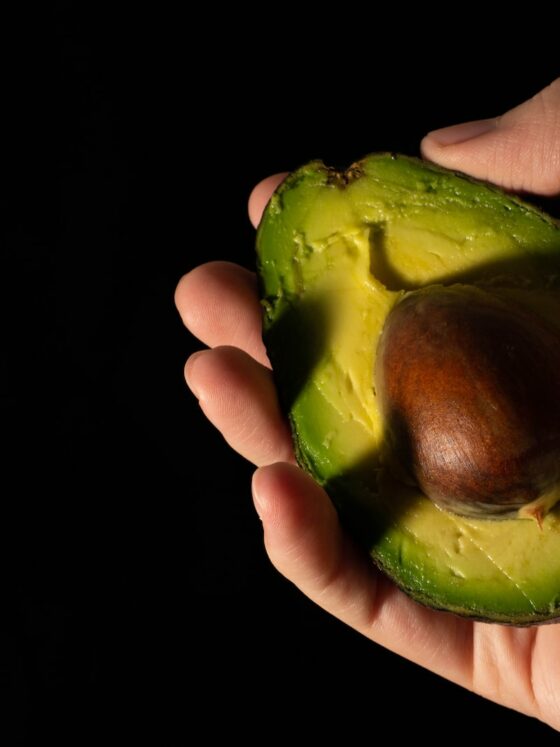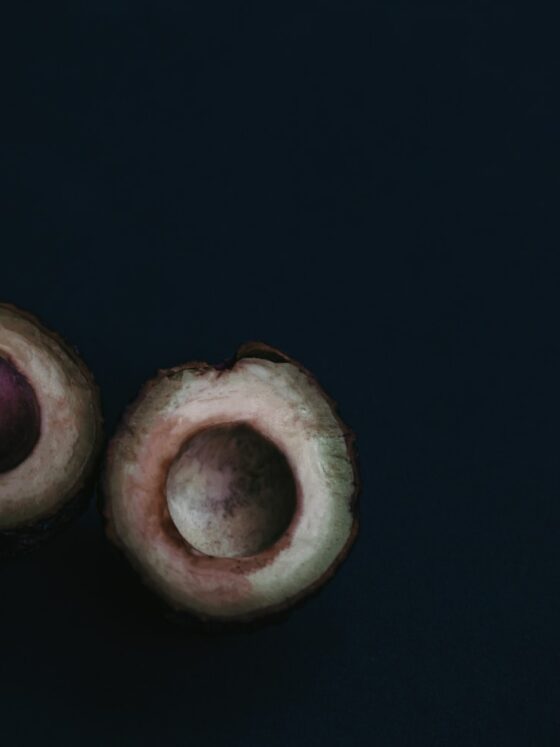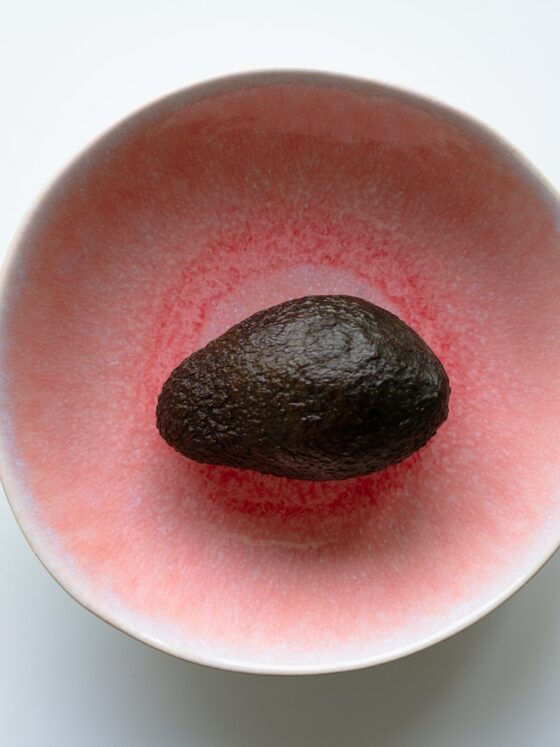Avocados are a versatile and delicious fruit that can be used in a variety of dishes, from guacamole to avocado toast. However, it can be frustrating when you buy an avocado that is not yet ripe and you want to use it right away. Fortunately, there are several methods for ripening avocados quickly and effectively.
One of the most common methods for ripening avocados is to place them in a paper bag with an apple or banana. These fruits release ethylene gas, which speeds up the ripening process of the avocado. Alternatively, you can place the avocado in a warm spot in your kitchen, such as on top of the refrigerator or near a sunny window.
It is important to note that heating an avocado will not speed up the ripening process and may even cause it to spoil. Additionally, if you have a ripe avocado that you are not ready to use, you can slow down the ripening process by storing it in the refrigerator. With these tips, you can enjoy perfectly ripe avocados whenever you need them.
Table of Contents
Understanding Avocado Ripeness
Avocados are often sold unripe, which means they are hard and have a bright green color. To enjoy the creamy texture and nutty flavor of avocados, it is important to ripen them properly. Understanding avocado ripeness is key to ensuring you get the most out of this delicious fruit.
Stages of Avocado Ripeness
Avocado ripeness can be divided into three stages: underripe, ripe, and overripe. An underripe avocado is hard and has a bright green color. A ripe avocado is soft and has a darker green or black color. An overripe avocado is mushy and may have brown spots.
Signs of a Ripe Avocado
To determine if an avocado is ripe, you can look for signs such as color, texture, and softness. A ripe avocado should have a uniform dark green or black color. The texture should be soft but not mushy, and it should yield to gentle pressure when pressed with your thumb. If an avocado is too hard, it is underripe, and if it is too soft or mushy, it is overripe.
To ripen an underripe avocado, you can place it in a paper bag with a banana or an apple. These fruits produce ethylene gas, which helps to speed up the ripening process. You can also place the avocado in a warm spot, such as a sunny windowsill, to help it ripen faster.
In summary, understanding avocado ripeness is important to ensure you get the most out of this delicious fruit. Look for signs such as color, texture, and softness to determine if an avocado is ripe. To ripen an underripe avocado, you can place it in a paper bag with a banana or an apple or place it in a warm spot.
Natural Ripening Techniques
When it comes to ripening avocados, there are a few natural techniques that can be used to speed up the process. Here are some effective methods for ripening avocados naturally:
Room Temperature Ripening
One of the easiest ways to ripen avocados is to simply leave them out at room temperature. Avocados will naturally ripen over time, and this process can be sped up by placing them on the counter at room temperature. This is because avocados produce ethylene gas as they ripen, which triggers the ripening process. By leaving them out on the counter, the avocados will be exposed to the ethylene gas they produce, which will help them ripen faster.
Ethylene Gas and Fruit Buddies
Another way to speed up the ripening process is to use ethylene gas and fruit buddies. Ethylene is a natural gas that is produced by many fruits, including apples and bananas. By placing an avocado in a brown paper bag with an apple or banana, the avocado will be exposed to the ethylene gas produced by the other fruit. This will help to speed up the ripening process significantly.
To use this method, simply place the avocado in a brown paper bag with an apple or banana and fold the top of the bag over to seal it. Place the bag on the counter at room temperature and check on it every day. The avocado should ripen within 1-3 days using this method.
Overall, these natural ripening techniques can be very effective for ripening avocados quickly and naturally. By using room temperature ripening or ethylene gas and fruit buddies, anyone can enjoy perfectly ripe avocados in no time.
Accelerating the Ripening Process
If you want to ripen avocados quickly, there are a few methods you can use to speed up the ripening process. These methods work by exposing the avocado to ethylene gas, a natural plant hormone that triggers the ripening process. Here are two effective methods for accelerating the ripening process:
Using a Paper Bag
One of the easiest ways to speed up the ripening process is to place the avocados in a paper bag. This traps the ethylene gas that the avocados produce and speeds up the ripening process. To ripen avocados quickly using this method, follow these steps:
- Place two to three avocados in a brown paper bag or wrap them in a newspaper.
- Add an apple, banana, or a tomato to the bag to produce additional ethylene gas.
- Close the bag tightly and store it at room temperature.
- Check the avocados daily to see if they are ripe.
This method usually takes two to three days to ripen the avocados, but it can take longer depending on the level of ripeness you desire.
Adding Additional Ethylene Producers
Another way to speed up the ripening process is to add additional ethylene producers to the bag with the avocados. This method works by increasing the amount of ethylene gas in the bag and speeding up the ripening process. To ripen avocados quickly using this method, follow these steps:
- Place the avocados in a brown paper bag.
- Add an apple, banana, or kiwi to the bag to produce additional ethylene gas.
- Close the bag tightly and store it at room temperature.
- Check the avocados daily to see if they are ripe.
This method usually takes one to two days to ripen the avocados, but it can take longer depending on the level of ripeness you desire.
Using these methods, you can ripen avocados quickly and enjoy them at their peak ripeness. Just remember to check the avocados daily to ensure that they are not overripe.
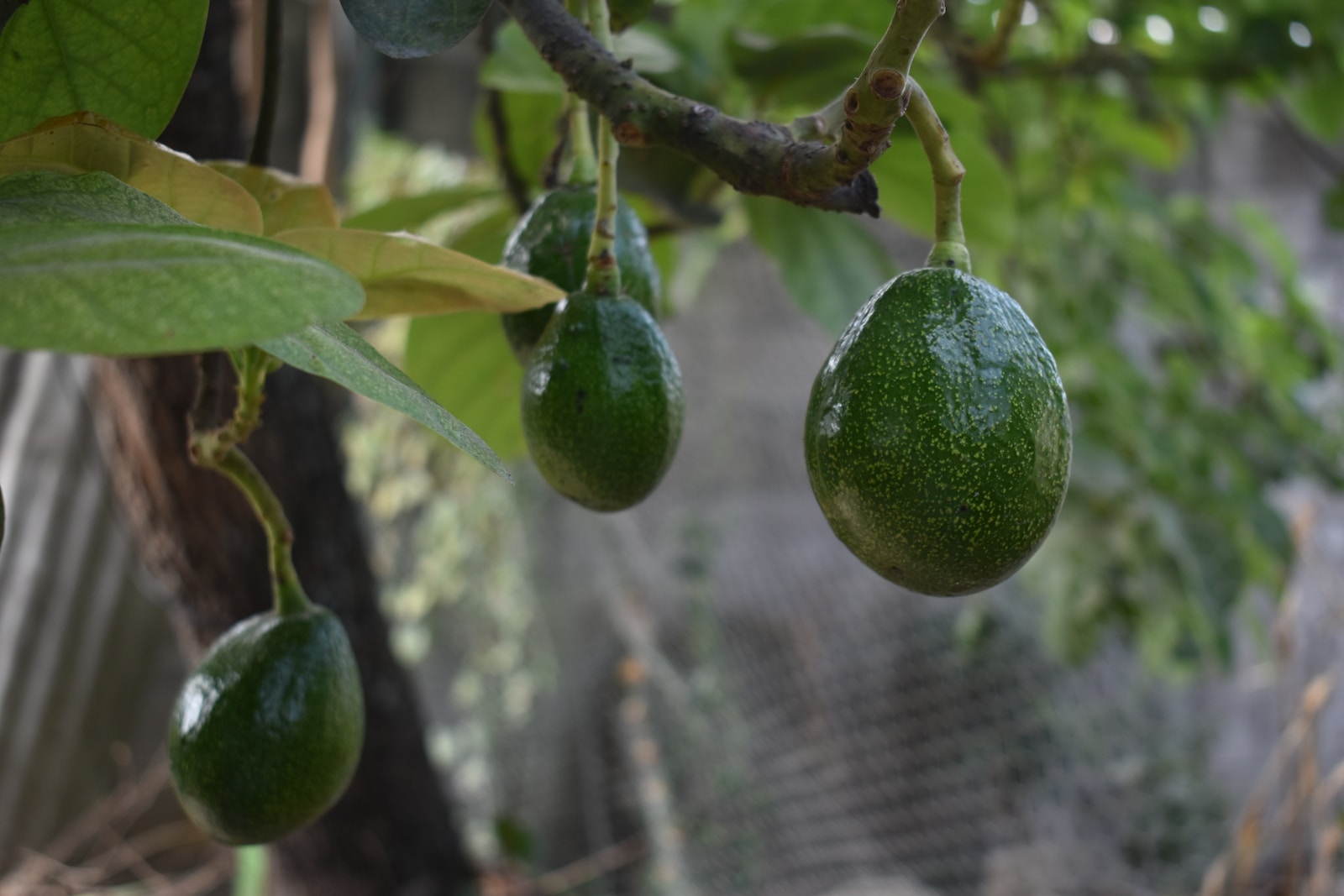
Storing Ripe Avocados
Once an avocado is ripe, it can be stored in a refrigerator to extend its shelf life. However, refrigeration can affect the texture and flavor of the avocado.
Refrigeration Tips
To store a ripe avocado in a fridge, place it in a plastic bag and seal it tightly. This will help prevent the avocado from absorbing any unwanted flavors from other foods in the fridge. It is important to note that refrigerated avocados may turn brown faster than those stored at room temperature. Therefore, it is best to use refrigerated avocados within a day or two.
Preventing Overripening
To prevent overripening, store ripe avocados in a cool, dry place away from direct sunlight. Avoid storing ripe avocados in the fridge unless necessary. If you have multiple ripe avocados, you can store them together to slow down the ripening process. However, it is important to check them regularly to ensure they are not becoming overripe.
When storing cut avocados, it is best to leave the pit in and cover the exposed flesh with plastic wrap or store it in an airtight container. This will help prevent the avocado from turning brown due to oxidation.
In summary, storing ripe avocados can help extend their shelf life, but it is important to follow the proper storage techniques to maintain their texture and flavor. Refrigeration is an option, but it may affect the avocado’s quality.

